Laser Welding
Precision Mandrels, Wires and Tube Components for Medical Devices
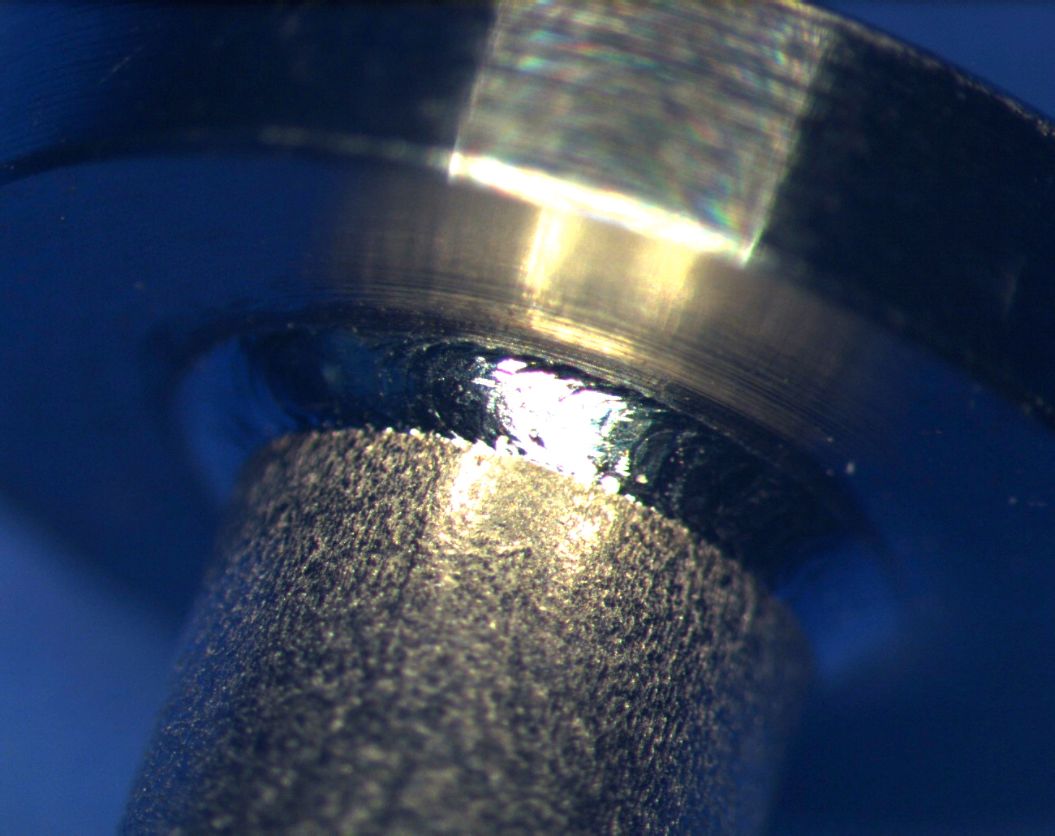
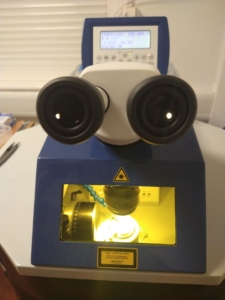
Laser welding is carried out when lasers produce an highly intense beam of light which, when focussed on a single spot, supply a concentrated heat source which melts the metals to be joined. Laser welding of metals such as stainless steel is carried out by using a laser beam which is focussed onto the join between two micro components. Laser beam welding then fuses the joint area. When the area resolidifies, a strong welded joint is formed. Whilst the majority of our laser welded components are made from stainless steel, materials containing nickel, titanium, platinum, aluminium can also be successfully laser welded.
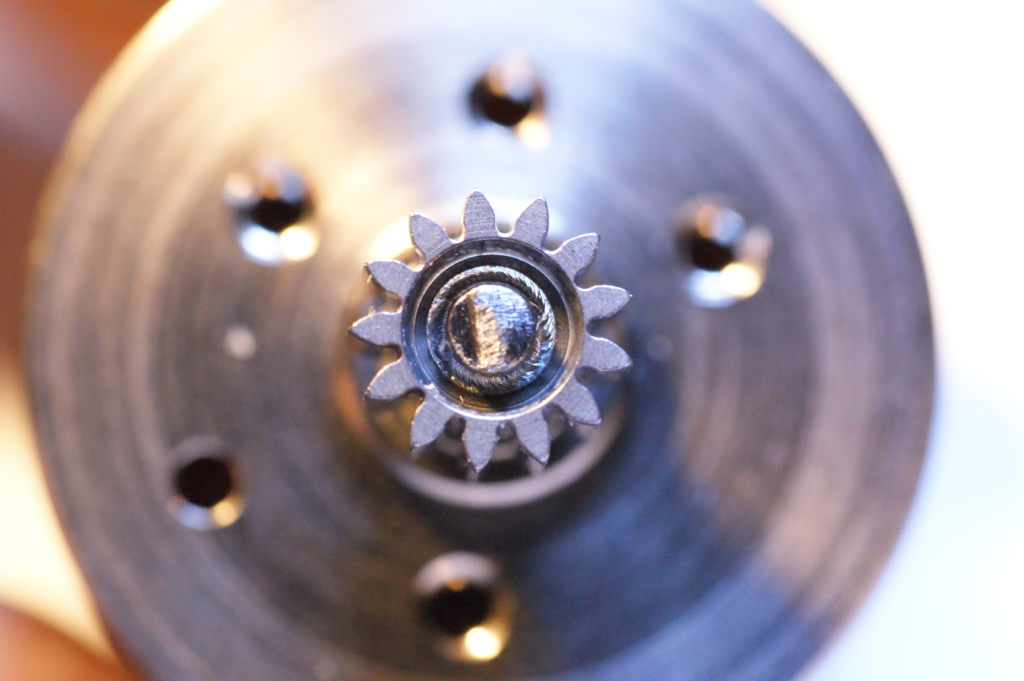
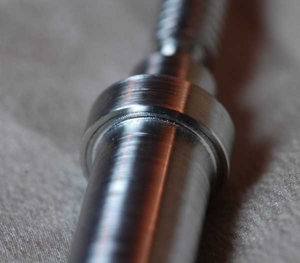
Our Alpha Nd:YAG laser welding plant can be used to laser weld rotating parts, such as precision shafts or laser welding hypotube products. Butt welds are produced along the straight join between two contacting parts, and spot welds provide strong joints for wires. Long parts, such as rods and hypotubes can be rotated to join them circumferentially by a strong laser weld. Parts can also be held vertically to weld “top-down” and simultaneously rotated if required. Medical device components demand the utmost precision. Our microwelding facility allows laser beam diameter down to 0.1mm.
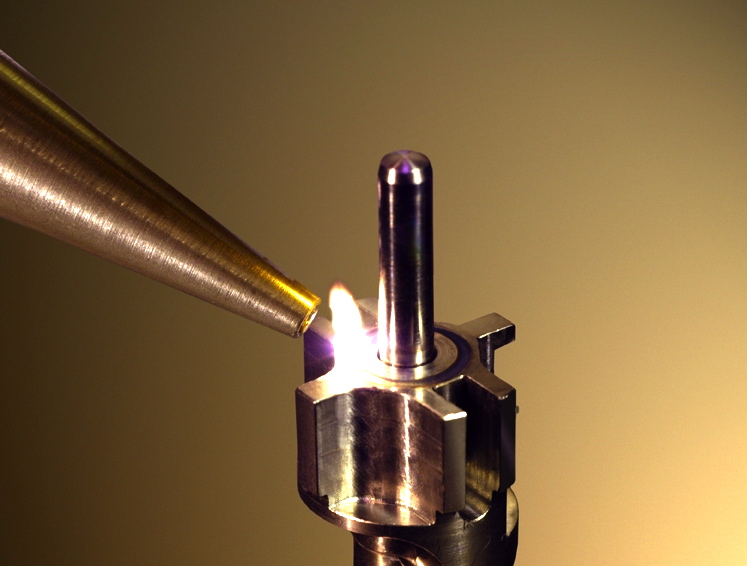
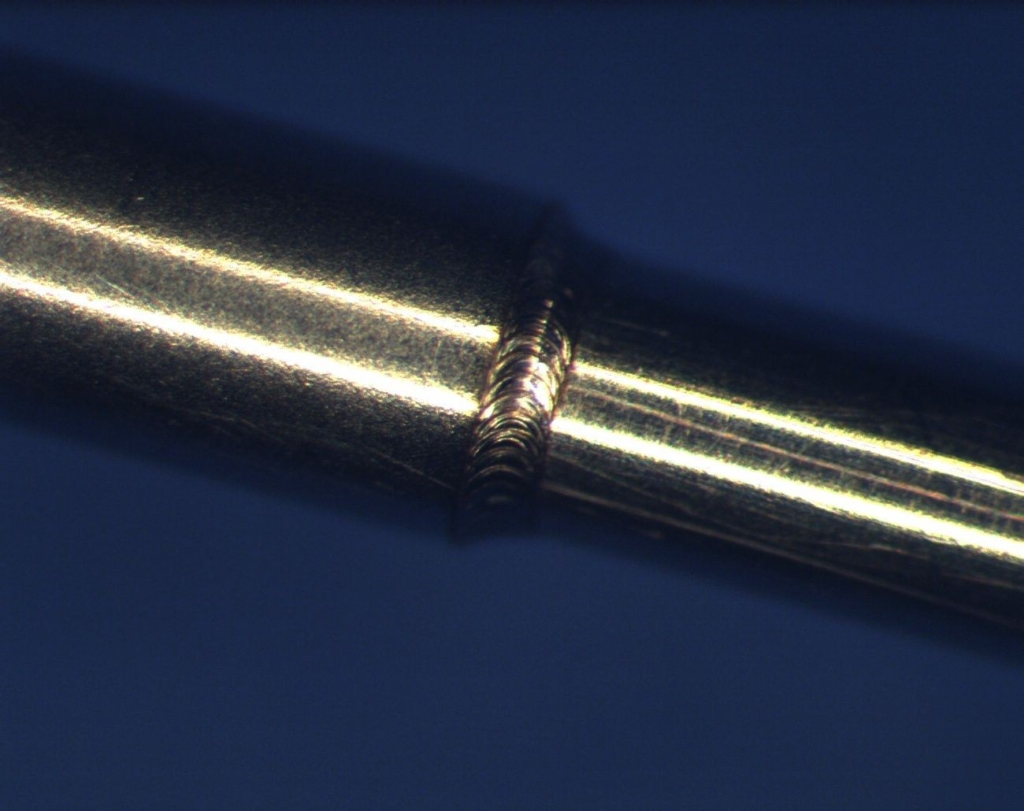
Laser beam welding is an effective joining mechanism for joining metal micro-components and miniature size components into subassemblies. Stainless steel hypotubes and needles can be laser welded, resulting in strong joints but with minimal heat affected zone. For parts in close contact, no filler materials are required, removing biocompatibility issues for medical devices such as laser welding catheter components, cardiology products, orthopaedic systems and ophthalmic products.
Pulsed laser welding, rather than continuous wave (CW) laser welding, leads to less heat being transferred into the part being welded over a given period of time, so is useful in applications where temperature-sensitive components, e.g. electronic components are present. However, in situations requiring deeper and wider welds, CW laser welding can prove beneficial.
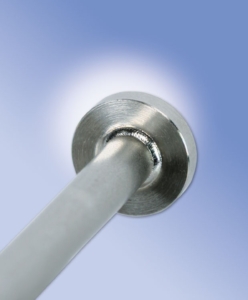
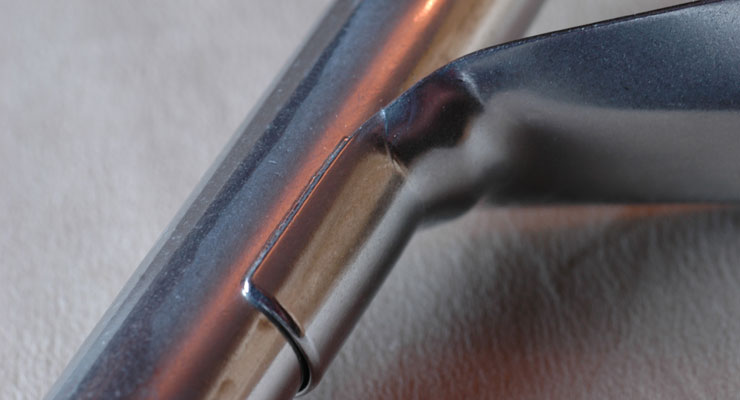
The medical device industry calls for extremely clean, high-precision welds and laser welding medical device components is particularly beneficial. Laser welds have high integrity and consistency from part to part, allowing efficient production of both implantable and non-implantable medical devices. Assemblies for use in interventional medical applications including cardiology, orthopaedics, dentistry and other medical applications specify laser welding as the joining method of choice. Specifically, stainless steel components are highly suited to laser welding. Laser welding of nitinol, titanium and other special metals used in medical devices requires more careful planning and experimentation to achieve satisfactory results.
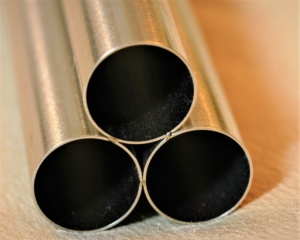
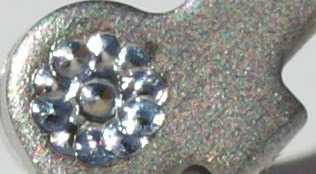
Laser welding dissimilar metals and alloys often requires experimentation and referral to industry papers in order to ascertain the possibilities and potential opportunities. “Referee” materials can be placed between two different weld substrates to enhance joint strength and to avoid any embrittlement which might occur if those metals or alloys were directly joined.
